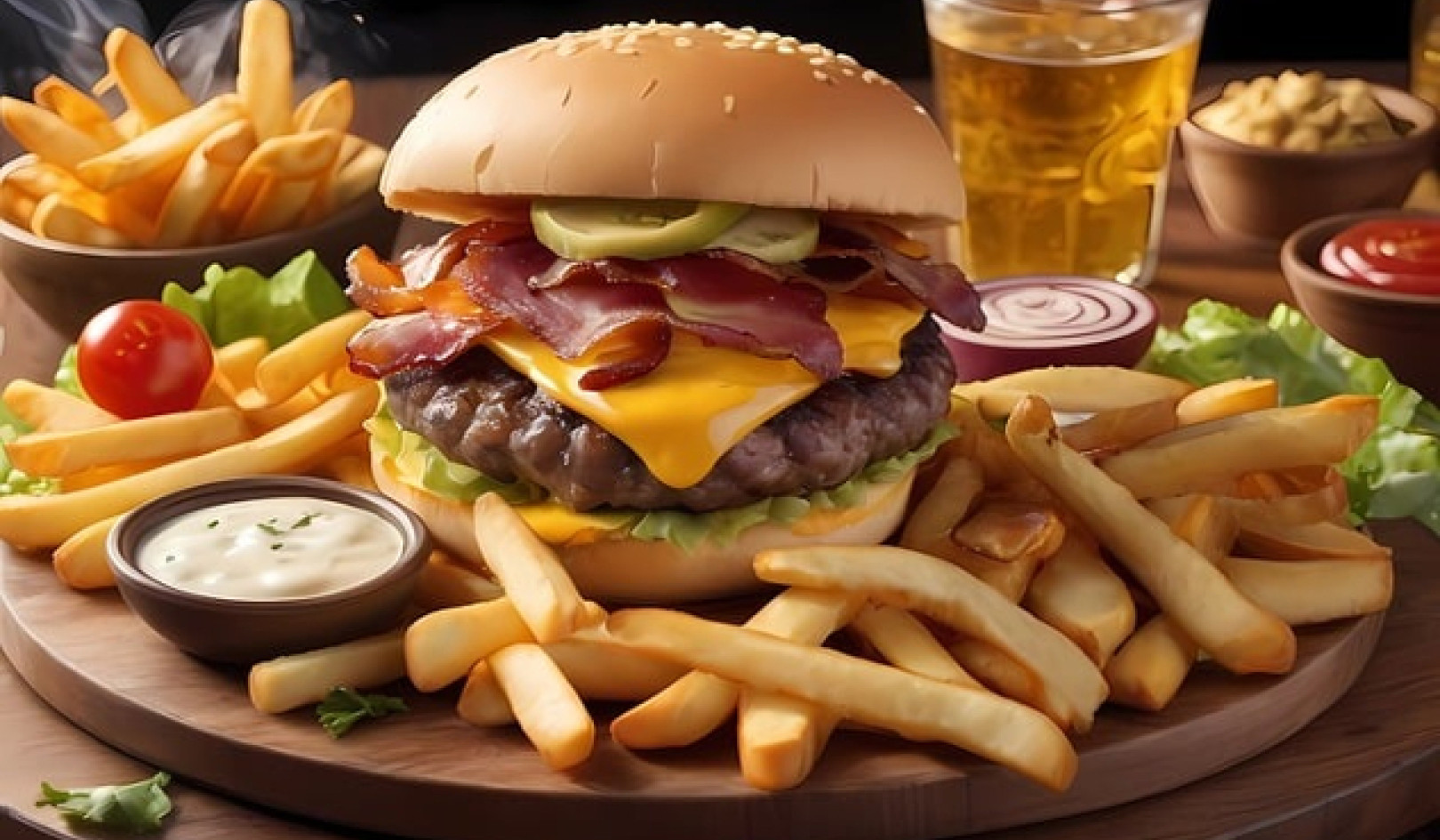Having a few drinks at Christmas is, for some people, as much a part of the festive tradition as presents, decorations or carols. So if you find yourself nursing a hangover on Boxing Day, you might be interested to know what’s actually going on inside your body and why you feel so bad.
We tend to drink because in low doses alcohol is initially a euphoriant, it makes you feel happier. It does this by causing the body to release dopamine and endorphins, chemicals that stimulate the brain’s reward system. But, after a while and as you drink more, it ultimately suppresses some brain activity and slows down your heart and breathing.
The effects of the initial intake of any alcohol is the first of many stages of narcosis, the last of which is death. There just happens to be a large window between an effective dose (which has you thinking you are far more witty and handsome than you actually are and, later, running down the street with a traffic cone on your head) and a lethal dose (which has you on a mortuary slab).
Note that even before you arrive at the typical drink drive limit, you might experience excitement, uncoordination, impairment, speech slurring, swaying and loss of inhibition. And yet you’ll still legally be able to drive a car. Small amounts of alcohol affect the limbic system in the brain, which result in aggression and the Friday and Saturday night melees common in many town centres.
Alcohol is also a vasodilator, which means it widens blood vessels, diverting blood from the body’s core to its extremities. This results in the characteristic flushed cheeks you can get from consuming alcohol and also the red nose often sported by dyed-in-the-wool drinkers.
Initially, drinking alcohol is self-reinforcing. What might seem a good idea initially seems an even better idea after you’ve had a few. Alcohol is absorbed quicker than most things since some is absorbed in the stomach (rather than the small intestine). It then spreads throughout the body and is distributed to all organs including the brain and the liver, where the body makes a valiant attempt to break down and dispose of the alcohol.
To do this, the liver produces enzymes, small molecules that help either make or break down important molecules. In this case, the enzyme alcohol dehydrogenase breaks down the alcohol (ethanol) into acetaldehyde (ethanal), which is then further broken down into acetic (ethanoic) acid and then to carbon dioxide.
Energy is also released at all stages of the breakdown, which explains why heavy drinkers can sometimes be overweight. In fact, long-term alcoholics often get most of their calories from alcohol and eat very little. This can make them overweight but curiously undernourished because they are consuming empty calories and no vitamins or protein, which can produce a general appearance and feeling of illness.
Why you vomit
The first stage breakdown product, ethanal, is an emetic, which means it makes you want to vomit. As you drink and become more euphoric, your blood ethanol level is being monitored by the area postrema, the part of your brain which checks your blood for things that shouldn’t be there. If you eat some food which causes vomiting and diarrhoea, it’s your postrema that has instructed your body to get rid of the offending comestibles.
Ethanal has the same effect. The postrema works to very fine tolerances, and as soon as your body contains enough ethanal, and the threshold that nature has set is reached, the postrema instructs your stomach to contract and makes you sick. Trying to stop this is like trying to hold back the tide. You may have noticed the very short time between drinking enthusiastically and realising that it’s a question of when, and not if, you are going to vomit.
Disulfiram (Antabuse) is a drug used to treat chronic alcoholism that stops the subsequent breakdown of ethanal after you drink, causing an immediate hangover and explosive vomiting. It’s effectively a form of aversion therapy.
Hangover causes
Unfortunately, there’s no drug to treat drunkenness itself – or a hangover. Once you are intoxicated you just have to wait it out. The liver can metabolise between 8g and 12g of alcohol in an hour and the only way to become less drunk is to stop drinking so the alcohol can diffuse out of your brain and your liver can complete the breakdown.
Aside from the vomiting, we don’t know exactly why we feel so terrible when we’re hungover, but it is thought to be another effect of ethanal and congeners, the non-alcoholic chemical clutter that is a by-product of fermentation. These include oils, minerals and other forms of alcohol such as methanol (wood alcohol), which can cause you to go blind in high doses.
Darker drinks have higher amounts of congeners. Red wine also causes a particularly vicious hangover since it contains a vasoconstrictor, which constricts your blood vessels and causes that throbbing headache. Meanwhile, vodka might be more forgiving since “pure” vodka is just alcohol and water.
The only other thing that might help reduce your hangover after a heavy drinking session is a glass of water before bed. Alcohol stops your pituitary gland producing the anti-diuretic hormone vasopressin, which normally restricts urine production. This means you end up losing more water than you take in, causing dehydration that irritates the blood vessels, leading to headaches.
Otherwise, you’ll just have to console your post-Christmas blues with roast dinner leftovers and your favourite holiday film.![]()
About the Author
Hal Sosabowski, Professor of Public Understanding of Science, University of Brighton
This article is republished from The Conversation under a Creative Commons license. Read the original article.
Related Books:
The Body Keeps the Score: Brain Mind and Body in the Healing of Trauma
by Bessel van der Kolk
This book explores the connections between trauma and physical and mental health, offering insights and strategies for healing and recovery.
Click for more info or to order
Breath: The New Science of a Lost Art
by James Nestor
This book explores the science and practice of breathing, offering insights and techniques for improving physical and mental health.
Click for more info or to order
The Plant Paradox: The Hidden Dangers in "Healthy" Foods That Cause Disease and Weight Gain
by Steven R. Gundry
This book explores the links between diet, health, and disease, offering insights and strategies for improving overall health and wellness.
Click for more info or to order
The Immunity Code: The New Paradigm for Real Health and Radical Anti-Aging
by Joel Greene
This book offers a new perspective on health and immunity, drawing on principles of epigenetics and offering insights and strategies for optimizing health and aging.
Click for more info or to order
The Complete Guide to Fasting: Heal Your Body Through Intermittent, Alternate-Day, and Extended Fasting
by Dr. Jason Fung and Jimmy Moore
This book explores the science and practice of fasting offering insights and strategies for improving overall health and wellness.

























